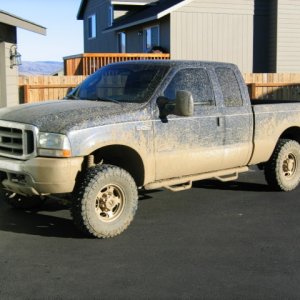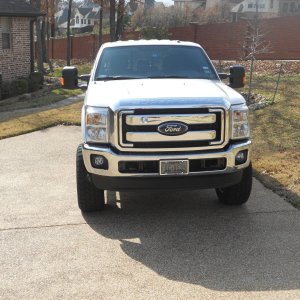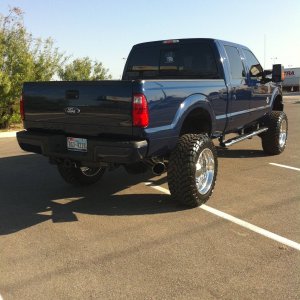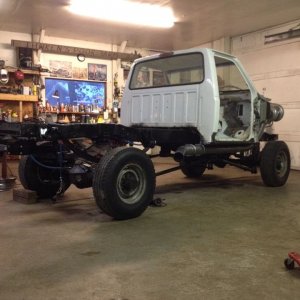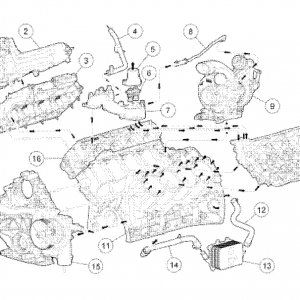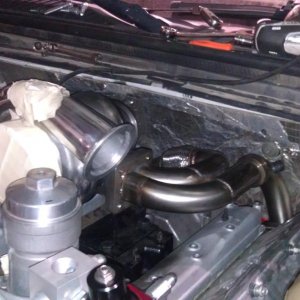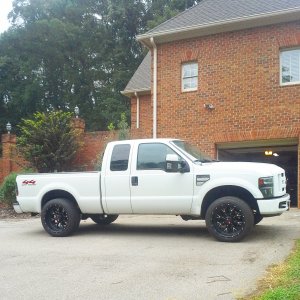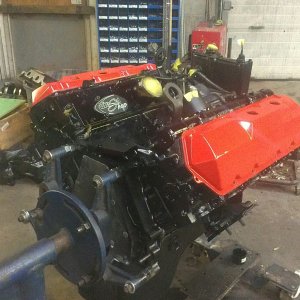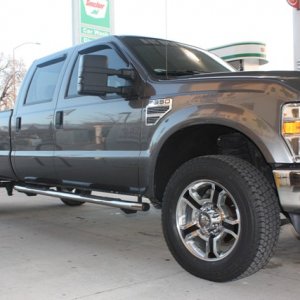ICP psi: 3,000
Injection ratio: 7:1 (A code intensifier piston)
Final pressure at the nozzle: 21,000 psi
When you switch over to a hybrid style injector, your injection ratio decreases down closer to 5:1
ICP psi: 3,000
Injection ratio: 5:1 (Hybrid injector)
Final pressure at the nozzle: 15,000 psi
Hybrids just allow a greater fuel capacity without a need for high pressure oil volume.
The biggest issue with the above is the pressure drop across the poppet is not taken into account - as ICP goes up or nozzle size increases the pressure drop across the nozzle poppet for the oil increases dramatically. It doesn't take long before that 5:1 hybrid actually has MORE fuel pressure at the tip than the 7:1 A-code. While its not cheap and easy to measure the actual pressure at the tip - it can be demonstrated on a bench pretty easily - take two injectors that are identical with the exception of the injection ratio and map the flow rates - you will see the injector with the lower injection ratio actually inject more fuel per time at higher ICP pressures - that means that it has a higher injection pressure (remember everything is identical including the tip). Granted at lower ICP pressures the higher injection ratio has the advantage. This like all things is a balancing act between parts and the requirements for the task at hand.
I had a rather complicated mathematical model that I created 10 years or so ago that showed this very clearly - sadly it was lost about 4 years ago on a computer that died. Such is life.
I do however still have some of the graphs made from actual flow bench data taken during some development I was working on at the time that while not 100% in alignment with the discussion it is pertinent and should be of interest to tuners in the group.
Here is a 238cc hybrid with 80% tips:
Not much to talk about without something to compare it to - so we will just call this injector a 238cc "FAST" Injector with undisclosed tips (mostly because I don't recall the specifics of the test off my head and all I have at the moment are graphs, but lets just call then stupid big and exaggerated for effect in this discussion)
These two graphs show the exact issue that Jay has with larger tips - they are a pain in the ass to control lower ICP and shorter PW occur. They aren't EASILY friendly to drive day in day out or tow because of this. I totally agree no problem.
Now comes the magic. Here is the actual flow rate data for a 238cc injector with the same tip as the stupid one above.... but pay attention to the ramping on the graph.
Its ALMOST as controllable as the 80% tip down low at the minor sacrifice of softening some flow rate at the high end with plenty more area to inject 238cc in a shorter window than the 80% tip. Now - granted a lot of what was done internally on the injector to produce this graph hasn't ever went into production injectors for customers (that I am aware of), but it goes to show you that you can have identical volumes, tips, and injection ratios and still have a wide variety of flow characteristics based on what is done internally - THIS is the issue with trying to tune the "same" injector but built by a different manufacturer and is the crux of the issue with producing tunes that operate the same from truck to truck with the "same" injectors but built by different people.
In conclusion - I totally understand why tuners recommend small nozzles - they are easier and far less variability from injector shop to injector shop. Its basically the only way to guarantee the customer has a good experience without putting together a complete known package for them. I disagree that a 200% can't be a towing nozzle in the right package - the issue however is for the layman (and even the experienced tuner) to know how each shop builds their injectors and modifies them to either increase/decrease control resolution.

